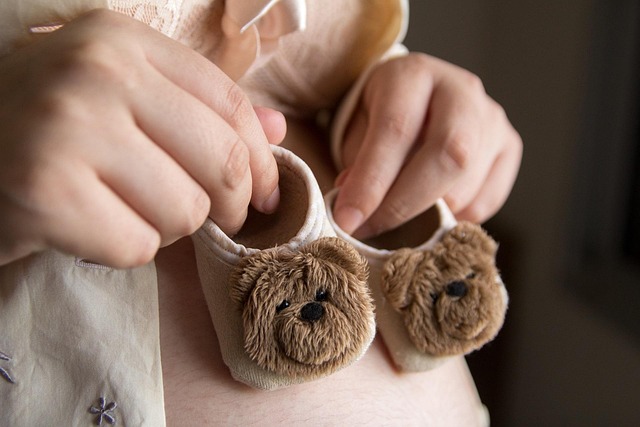Pregnancy is a journey filled with unexpected challenges, especially during labor and delivery. You prepare for all kinds of discomfort—vomiting, back labor, and the possibility of tearing or needing an episiotomy. But one thing I didn’t anticipate was the excruciating pain in my tailbone. (Try pronouncing “coccyx”—it’s a real tongue-twister!)
After giving birth, everything feels like a fiery ball of agony, but my tailbone pain lingered while other postpartum discomforts faded away. Everyday activities like sitting, slouching, or even lying down sent sharp jolts of pain through my spine. As a new mom, I found myself in those positions often—whether I was nursing, pumping, or trying to catch some much-needed sleep. Sneezing or laughing felt like a dangerous gamble; suddenly, “laughing my ass off” took on a whole new meaning.
In true millennial fashion, I turned to the Internet for answers. I discovered that tailbone pain isn’t uncommon after childbirth, but instead of finding solutions, I stumbled upon horror stories of women suffering for months or even years without relief. Panic set in as I worried that I’d be stuck with this unbearable pain indefinitely.
At my six-week postpartum appointment, I finally voiced my concerns to my doctor. To my surprise, she immediately recommended postpartum physical therapy. “Wait, that exists?” I asked, both relieved and intrigued.
Indeed, it does! The “pelvic floor” consists of a group of muscles extending from the pubic bone to the tailbone, serving as the foundation of our core. This area can stretch significantly during childbirth, leading to weakness and dysfunction—affecting nearly 50% of postpartum women, according to research from authoritative sources like Modern Family Blog.
Pelvic floor therapy can address a range of issues, including pelvic pain and urinary or bowel symptoms, utilizing hands-on techniques, neuromuscular re-education, and postural adjustments. My initial expectation was to focus solely on my tailbone, but the therapy proved to be far more comprehensive. Pregnancy and labor take a toll on your entire body, affecting everything from bowel movements to sexual function.
The therapist conducted a thorough assessment, checking my hip and spine alignment, posture, abdomen, and, of course, my pelvic floor. It was a relief to rule out common postpartum issues like diastasis recti (abdominal muscle separation).
Then came the moment of truth regarding my tailbone. If you’ve seen that episode of Friends where Joey discusses kidney stones, you might get the idea of the options available for tailbone treatment. The therapist could either apply counter-pressure internally or let the bone heal on its own. Desperate for relief, I opted for the former.
During the examination, she explained that my tailbone was tilted inward—a result of the pushing phase during labor. Once the realignment was done, the pain lessened significantly. The therapist also assigned me some “homework” involving Kegel exercises. Skeptical, I asked how that could possibly help my tailbone. She clarified that strengthening the pelvic floor muscles overall would alleviate some pressure and help prevent future injuries.
Her most crucial advice was to minimize sitting. As a new mom, this was a challenge, given the constant need to nurse or rest. She suggested simple modifications to manage the discomfort, such as:
- Elevating my tailbone while sitting by using a backward Boppy or a specially designed pillow.
- Applying a heating pad during nursing sessions or while lying down.
- Opting for firmer seating options over softer ones to avoid sinking too low.
- Maintaining good posture—sitting straight or leaning forward instead of slouching.
I took her recommendations to heart, carrying rolled towels with me wherever I went, even in the car. After a few more sessions and the therapist’s helpful interventions, the pain gradually subsided. By week 15, I was thrilled to discover that my tailbone didn’t constantly ache. Sure, there are still moments when I feel a dull ache, but it serves as a reminder of the ongoing journey of recovery after childbirth.
I know that if you’re expecting, the last thing you want to hear about is another unpleasant side effect. However, every woman’s body reacts differently during labor, and it’s crucial to be prepared for the unexpected. If you’re experiencing similar issues postpartum, consider reaching out to a pelvic floor specialist or exploring resources like Healthline for valuable insights on managing your recovery. Remember, you deserve to live free from pain.
For those navigating the complex journey of pregnancy, you might also find interest in our post about at-home insemination options to support your family-building journey.
In summary, pelvic floor therapy was a game changer in my postpartum recovery. It helped me address not just my tailbone pain but also the broader implications of childbirth on my body. Don’t hesitate to seek help if you’re struggling—you’re not alone in this!
